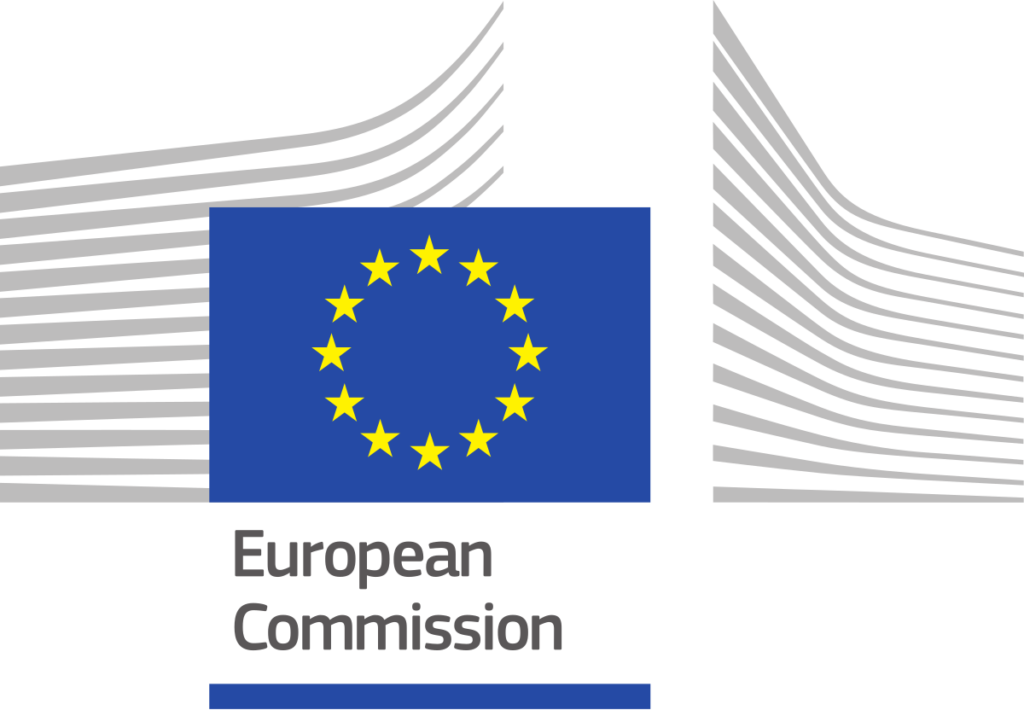1) Updated SCCS Guidance on the Safety Assessment of Nanomaterials in Cosmetics
Below is the list of the main changes compared to the previous version.
- New sections have been introduced (solubility and dissolution rate, solubility in non-aqueous media, evidence for the absence of nanoparticles, dispersion, aspect ratio, uptake into blood cells, reproductive toxicity, endocrine disruption),
- The new European Commission recommendation for a definition of nanomaterials published in 2022 has been introduced.
- Key aspects triggering safety concerns over a nanomaterial based on SCCS/1618/2020 have been introduced.
- Other sections and Annex 1 have been updated based on literature that has been published since the last update.
- Section on read-across across and grouping has been revised.
- A text explaining when historical/existing data can be used has been included.
2) Draft SCCS Opinion on Benzyl Salicylate
The SCCS concluded that benzyl salicylate is safe at the concentrations and product types as per table 1 of the opinion and as outlined below:
- hydroalcoholic-based fragrances (spray and non-spray) at maximum 4%;
- rinse-off skin and hair products (except rinse off body products) at maximum 0.5%;
- rinse off body products at maximum 1.3%;
- leave on skin and hair products (non-spray/non-aerosol)(except body lotion) at maximum 0.5%;
- leave on hair products (spray/aerosol) at maximum 0.5%;
- leave on body products (non-spray/spray/aerosol) at maximum 0.7%;
- face make-up products and make-up remover at maximum 0.2%;
- oral care at maximum 0.004%;
- deodorant products (spray/aerosol) at maximum 0.91%.
3) Final SCCS Opinion on Salicylic Acid
- the opinion is in line with the current use of salicylic acid
4) EU Regulation on 9 Cosmetic Ingredients Notified to WTO
- 4-Methylbenzylidene camphor (4-MBC)
- Genistein and daidzein
- Kojic acid
- Retinol, retinyl acetate and retinyl palmitate [vitamin A]
- Alpha-arbutin
- Arbutin
- Triclocarban
- Triclosan
5) Draft SCCS Opinion on Methylparaben
- The SCCS concluded that methylparaben is safe when used as a preservative in cosmetic products up to a maximum concentration of 0.4% (as acid) when used on its own, and up to 0.8% (as acid) for mixtures of esters as indicated in entry 12 of Annex V to the EU Cosmetic Products Regulation.
6) Draft SCCS Opinion on Butylparaben
- The SCCS concluded that butylparaben is safe when used as a preservative in cosmetic products at concentrations of up to 0.14% (expressed as acid). In the absence of solid exposure data for children to butylparaben in cosmetic products, potential safety concerns have been noted by the SCCS.


